Despite its relative obscurity Xinying is the largest settlement along the railway line between metropolitan Tainan City and Chiayi City. It was the capital of Tainan County prior to amalgamation in 2010 and remains the secondary administrative seat of Tainan. Located on the broad and fertile Chianan Plain, it was also an important transportation hub for the sugar industry, and what remains of the Japanese colonial era sugar factory can still be found on the south side of town. Xinying was also home to half a dozen standalone movie theaters in its heyday, but most have since been demolished. I was fortunate to visit the ruined KMT authoritarian era cinema Chénggōng Theater (成功戲院) in 2017, not long before it was completely destroyed.
Old entertainment districts are typically located in the vicinity of the main train station in small to mid-sized Taiwanese cities like Xinying but the sugar factory, with its thousands of workers, pulled the economic center of gravity to the southwest. All six golden age theaters in town were located in the area just north of a bridge leading over the sugar railway tracks from the factory itself1. In those days film was the primary form of mass entertainment and it must have been quite a lively scene when factory workers clocked out in the evenings!
Chenggong Theater opened around 1956, competing with the main theater operating in town at the time, the eponymous Xinying Theater (新營戲院)1. In the Japanese colonial era Xinying was home to Xīnxìtái (新戲臺), founded in 1933, but American bombing reduced it to rubble during World War II. Chenggong was built and operated by Lǐ Yàoqián (李耀乾), the same local businessman previously in charge of Xinxitai. After several decades in operation it changed its name to Xìrúrénshēng Theater (戲如人生大戲院)2, likely a result of a change of ownership, and eventually went out of business in the late 1990s. In 2011 a fire swept through the ruins of the old theater, and much of it was destroyed3.
Chenggong Theater is set back from the street a ways and, as such, it isn’t visible on Google Street View. I only had a very general idea of where it might be based on sleuthing around satellite maps for theater-sized buildings. I did a lap around the block looking for clues, armed with this basic information and no expectations. The first time around I walked by the entrance without realizing it—but as soon as I came around the other side of the block I noticed the stark outlines of the mostly demolished theater on the far side of a fence at the back of a parking lot. Circling back, I found a bunch of old aunties chatting in the shade of an awning across from the entranceway. Since they took notice of me I asked permission to take some photos and they warmly waved me in.
The interior of the old theater proved to be mostly empty. After the fire most of the debris has been removed and some effort has been undertaken to tidy things up. Most curious was the fact that whoever knocked down most of the walls and removed all the rubbish inside didn’t finish the job. Miraculously, the back third of the building is still standing, and a vintage movie projector remains in place, rusting under the open sky.
I am curious about the history of the remaining projector but haven’t found anything at all about it online. It was manufactured by The Cow Co., Ltd. and branded as a Super Cow High Intensity Arc Lamp, but search results reveals nothing at all about this company. It is almost certainly a carbon arc lamp, which were in use until the mid-1960s4.
I ended my original post in 2017 by asking, what will become of the shattered remains of this old theater? Now updating this years later, I can provide the answer. As expected, the remaining structure was demolished along with the old shophouses around the entrance. The entire site is now occupied by a parking lot, a fate shared with so many theaters from this era. In hindsight it was a real stroke of luck to visit when I did. Chenggong Theater proved to be rather special for those of us documenting the decline and disappearance of the theater industry in Taiwan.
- Xinying Theater opened around 1950 as was phenomenally successful, particularly as it became associated with a film production studio. It was demolished sometime in the 2010s. Apart from Xinying Theater, Kānglè Theater (康樂戲院) also opened around 1956, and was the last vintage theater in Xinying to close in 2002. I went to have a look while visiting Xinying in 2017 but it didn’t look all that interesting nor was it accessible. Some details for this section were taken from Nányíng Theater Chronicles (南瀛戲院誌), 2009. ↩ ↩
- This is an odd name for a theater in Taiwan and I’m not entirely certain of the subtext. A literal translation would be “a film is like life”, a reversal of “life is like a film”. Sometimes you’ll see both these expressions paired together (人生如戲,戲如人生). Other times it’s “life is like a film, but it cannot be rewound” (人生如戲,但是不能倒帶重播). ↩
- In a previous iteration of this post I linked to a bunch of posts documenting the blaze and its aftermath but all have disappeared due to link rot. Those posts that remain as of 2023 can be found here and here. ↩
- I later found similar projectors at Dongxing Theater in Taitung. ↩
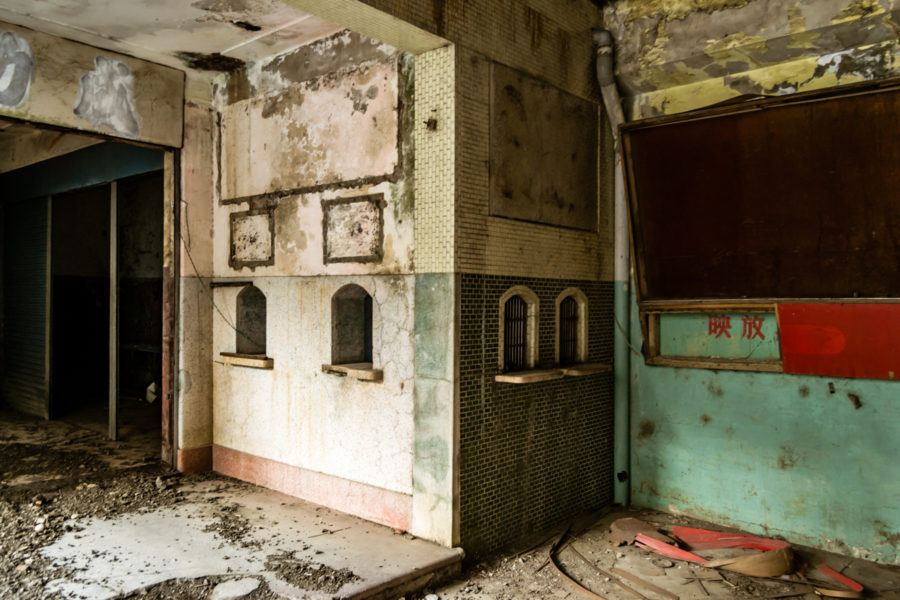
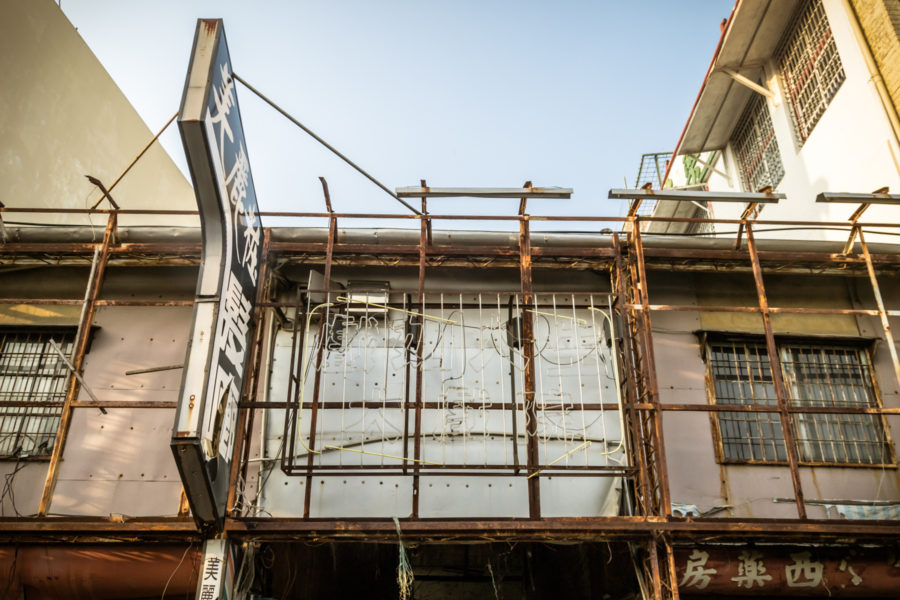
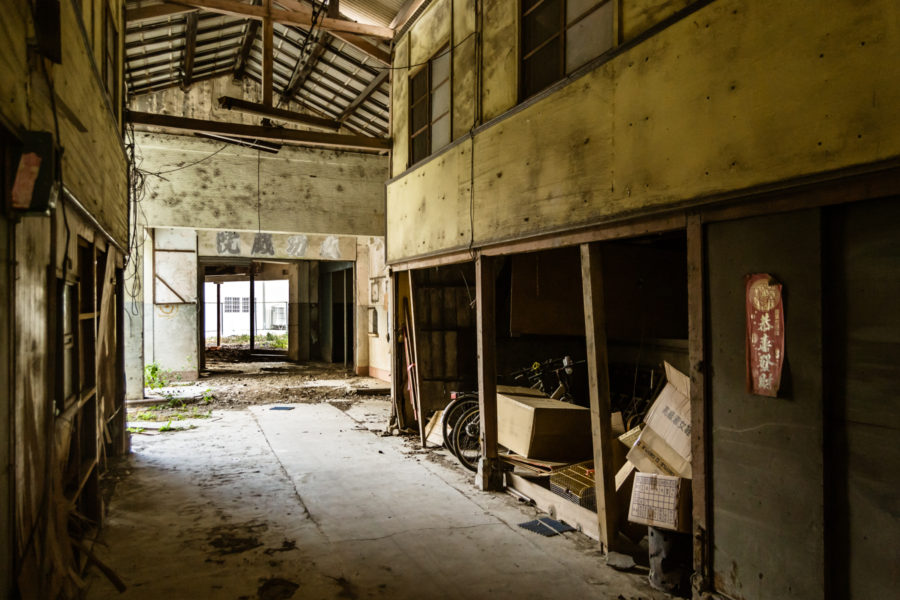
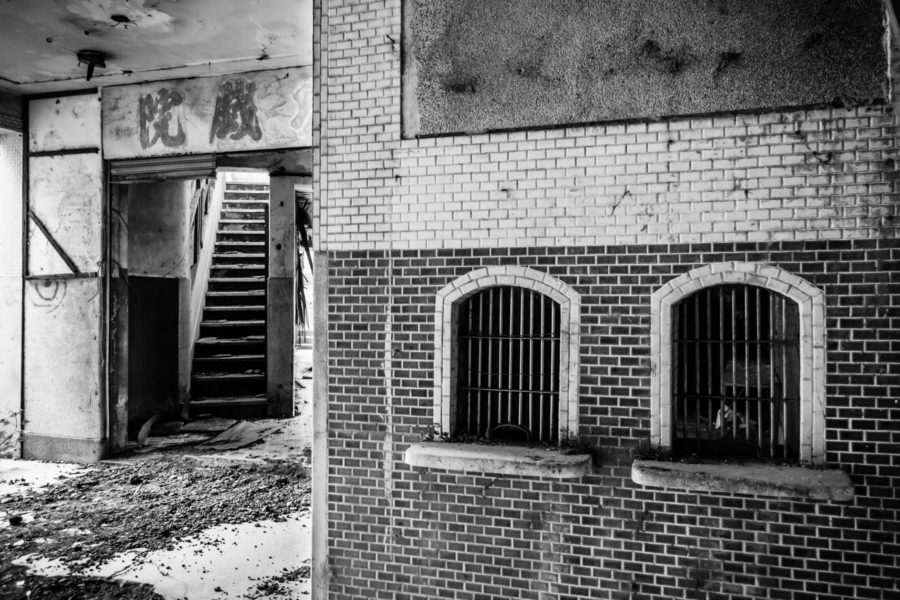
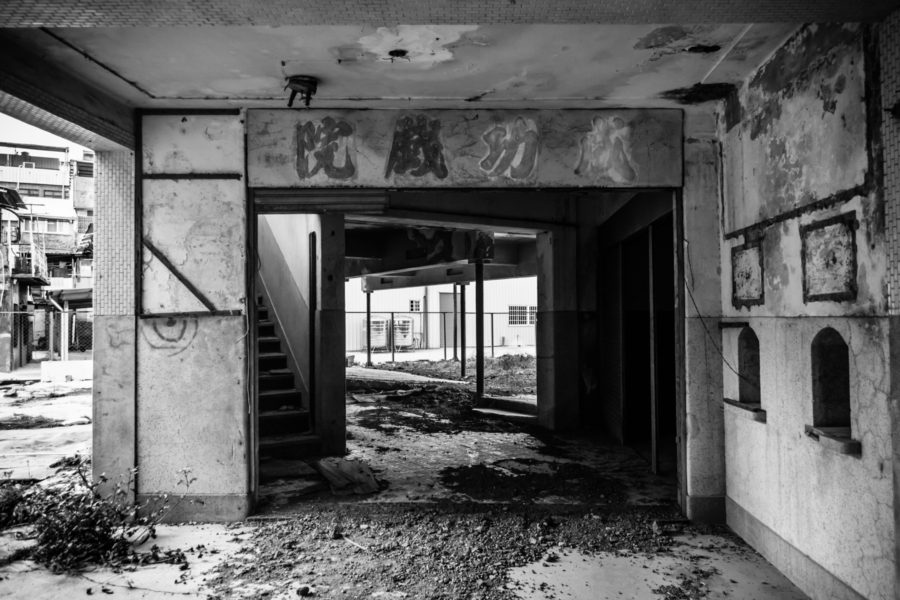
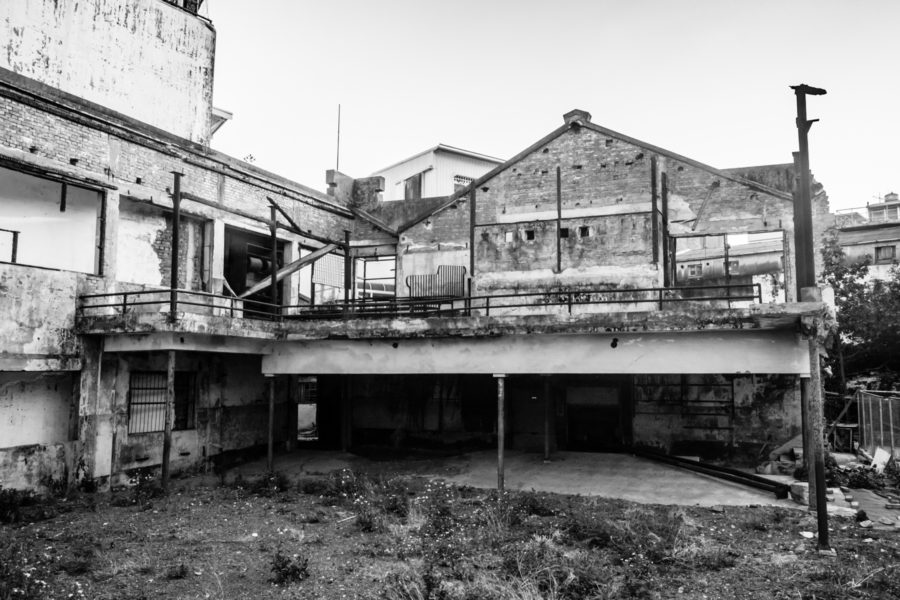
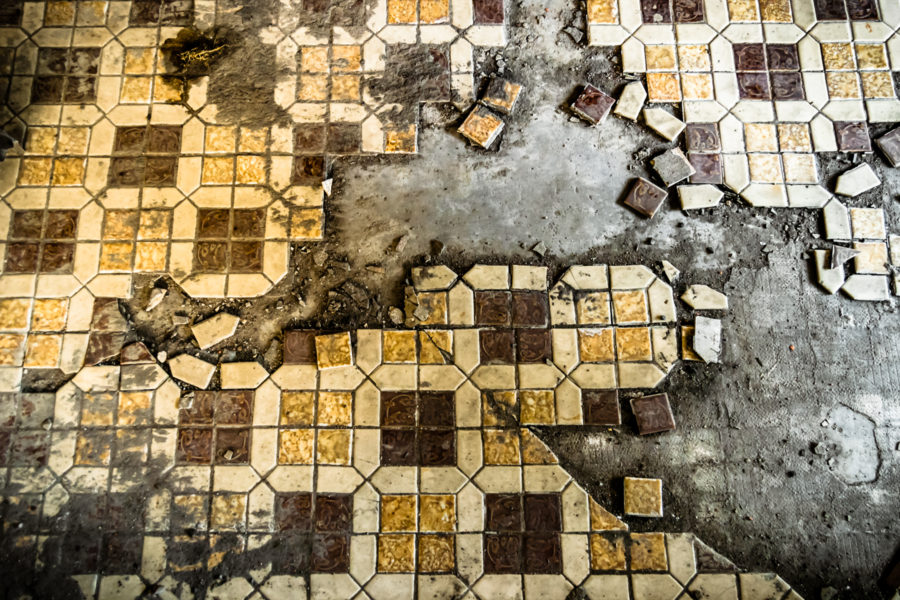
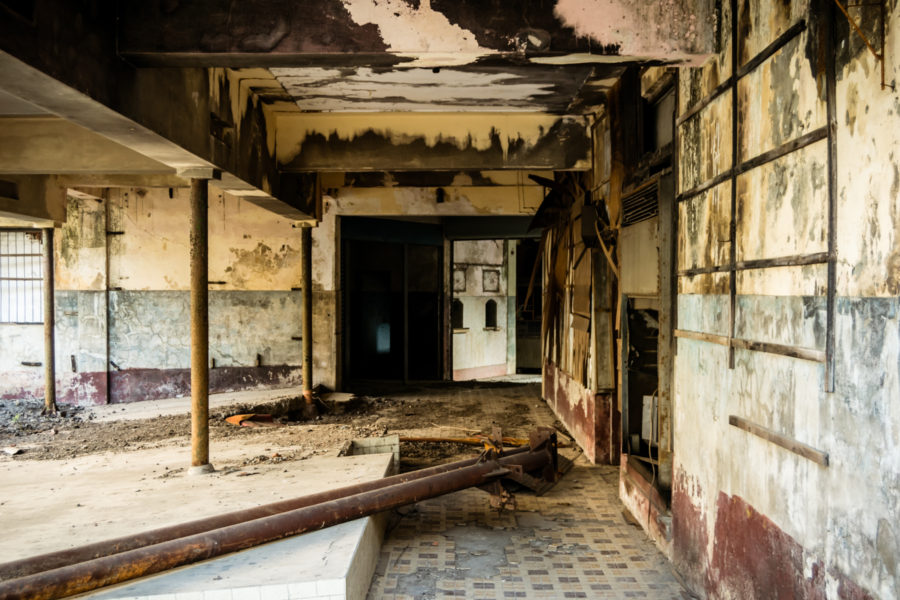
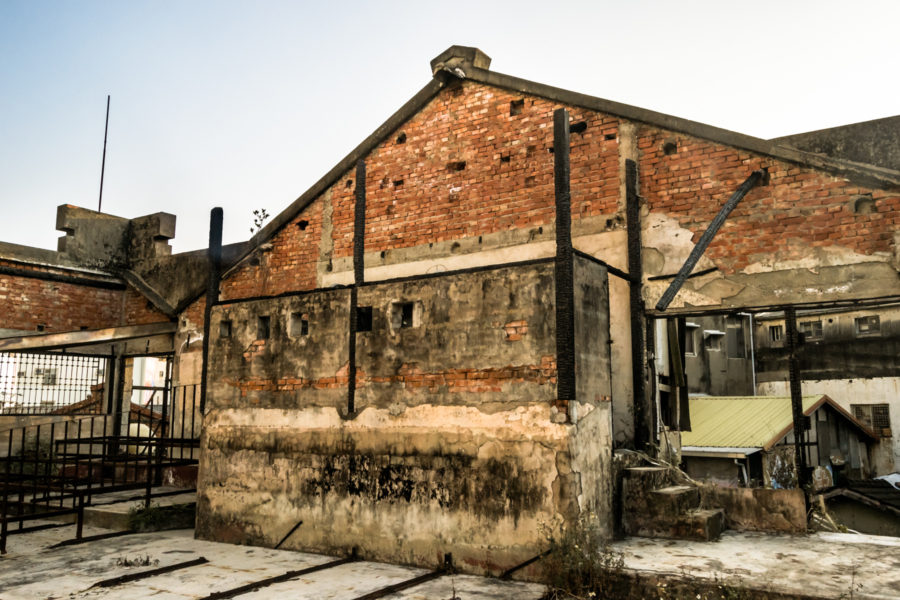
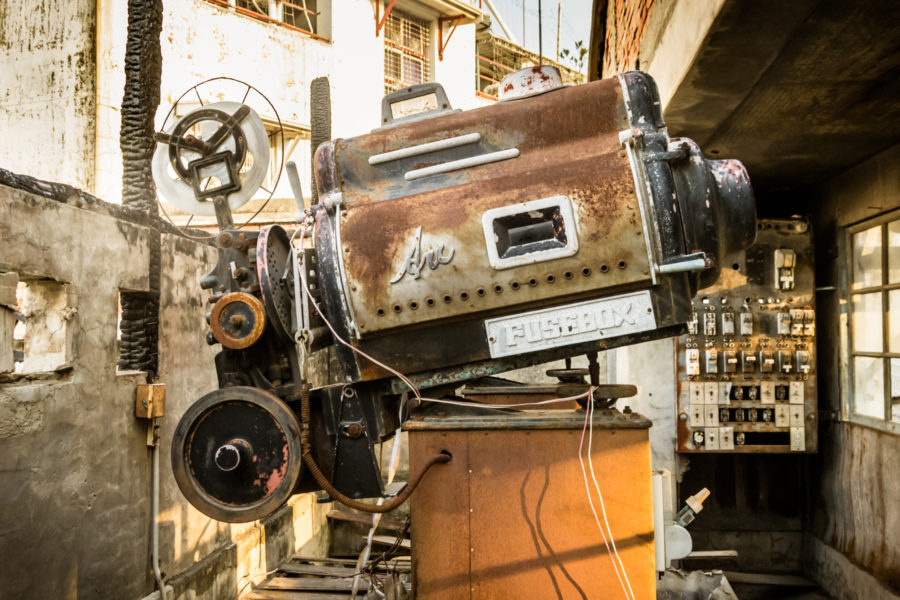
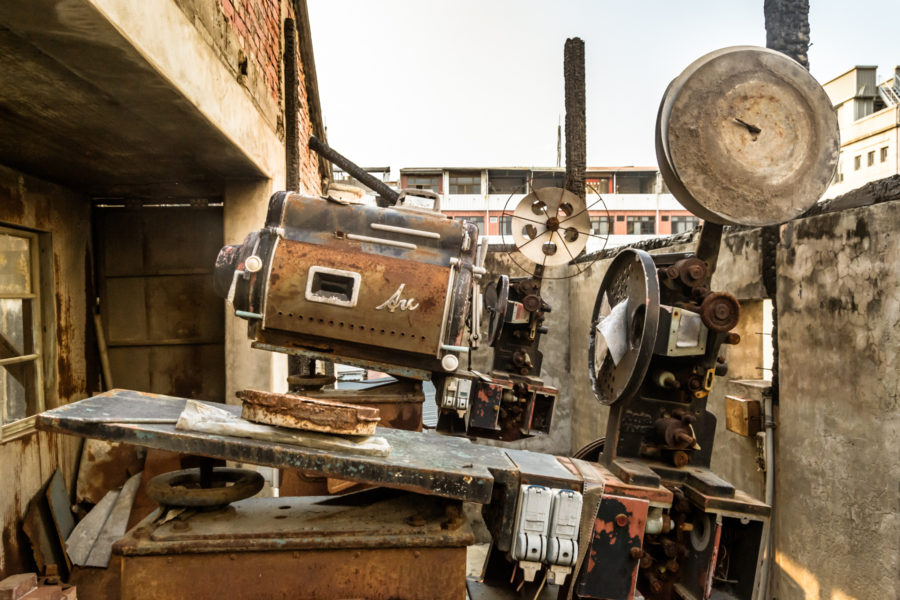
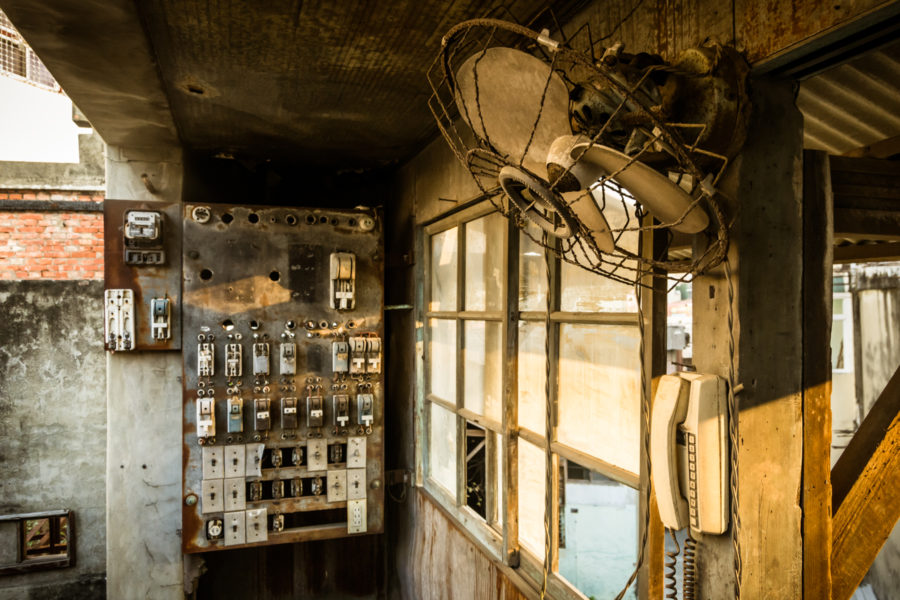
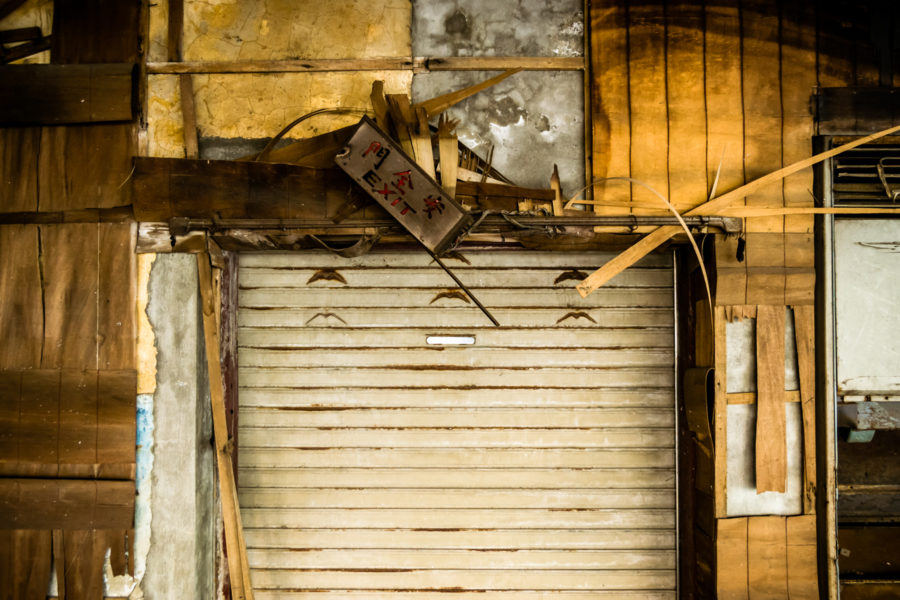
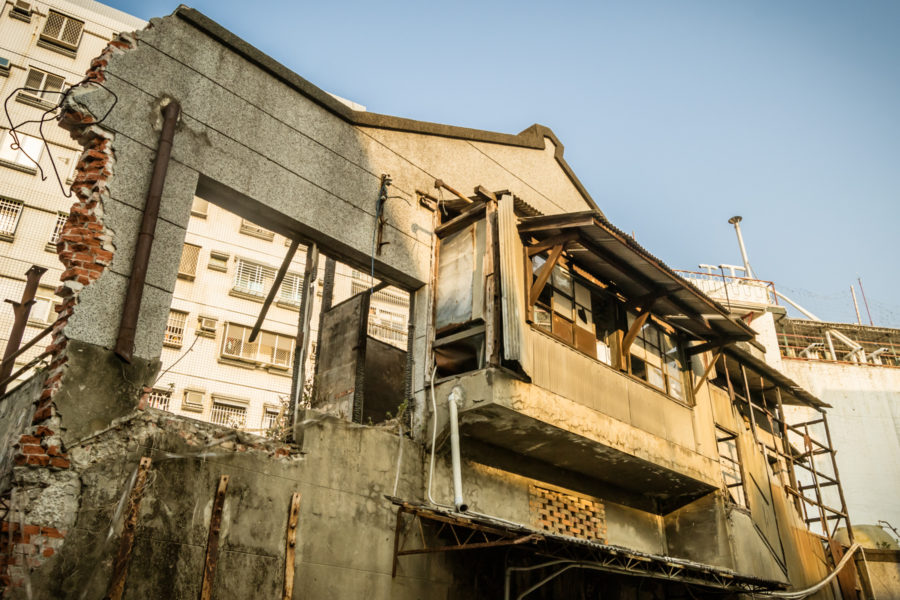
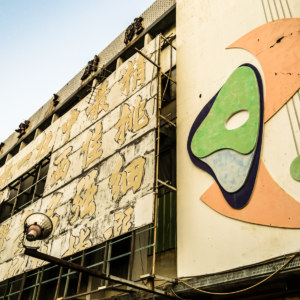
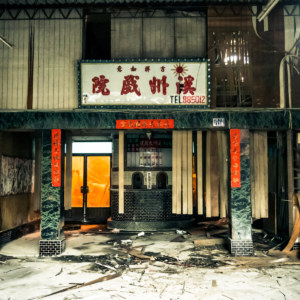
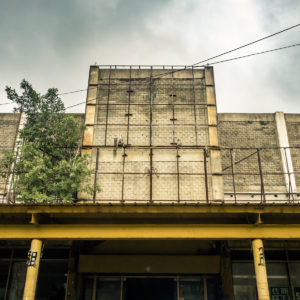
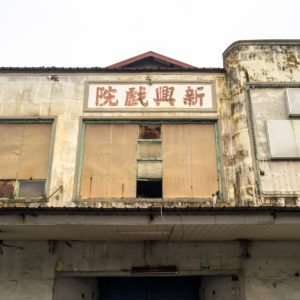
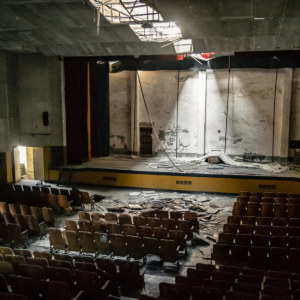
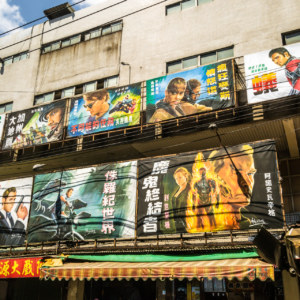
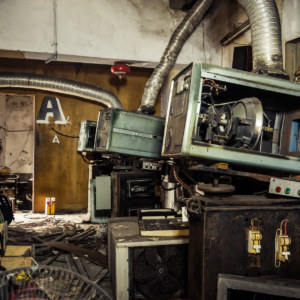
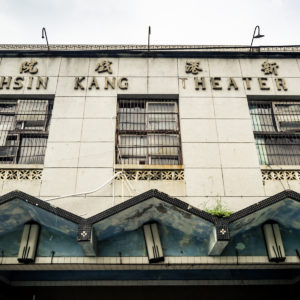
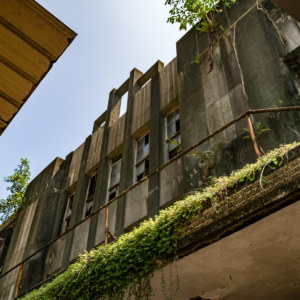
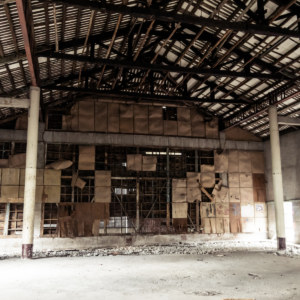
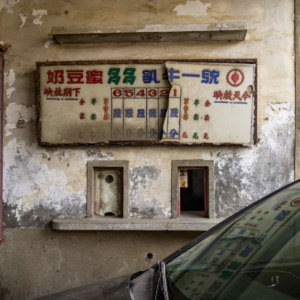

Beautiful text and images. Thank you.
I’m appreciate your writted.
Xinying is My father’s hometown,
but I didn’t recognize too much before read your article.
he Cow Co., Ltd. is a manufacturer and distributor of film projectors and accessories, with its headquarters in Japan. The company was founded in 1934 by Yoshikuni Nakamatsu, initially producing and selling light bulbs before transitioning to film projector production in 1950.
Since then, The Cow Co., Ltd. has developed several high-quality and popular models of film projectors, earning a reputation as an expert and experienced manufacturer in the industry.
Today, The Cow Co., Ltd. continues to produce high-quality film projectors and accessories that are widely recognized and used in the film industry both in Japan and internationally. The company also continues to innovate and develop new technologies to meet the demands of its customers and improve the performance of its film projectors in the future.